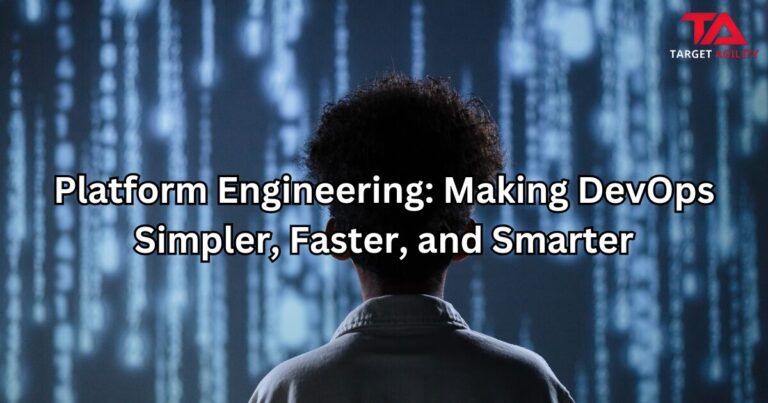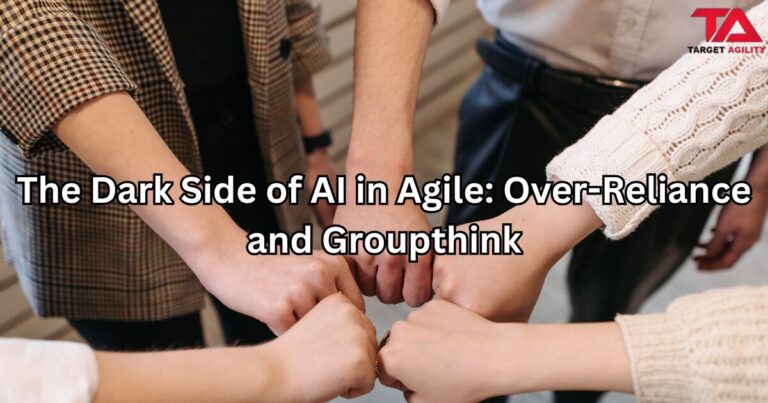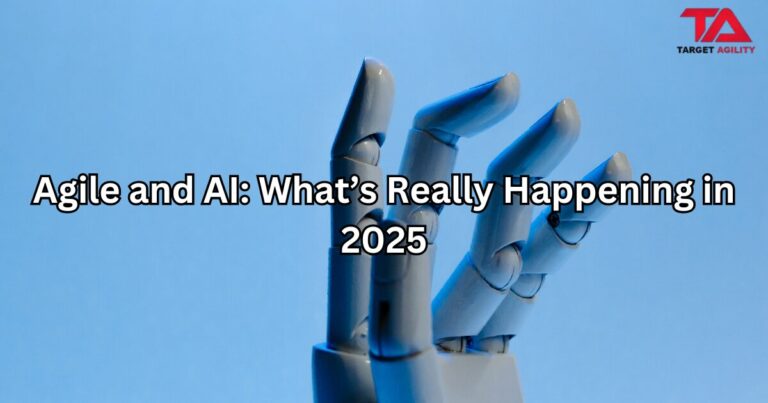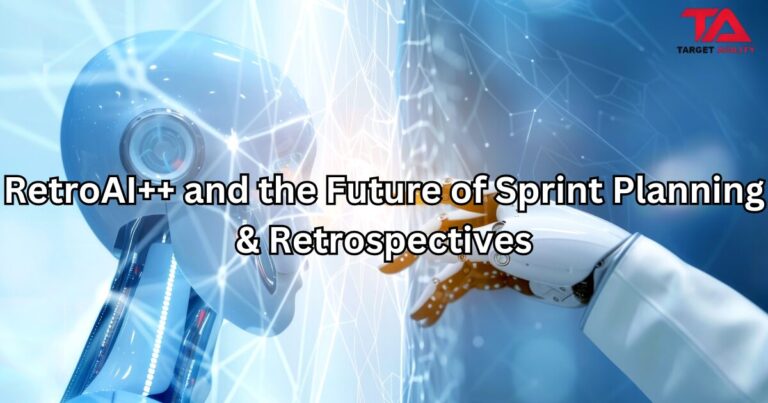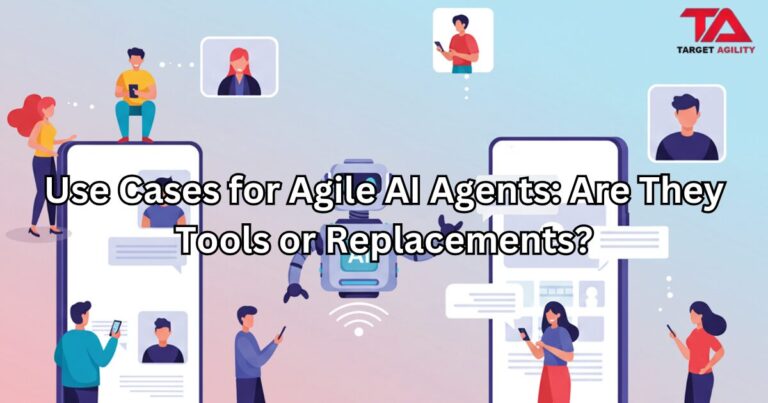In our fast-paced world, businesses are always on the lookout for ways to adapt, grow, and keep up with changing customer demands. The Lean-Agile mindset is a smart approach that’s gaining attention. It’s not just about rules and processes; it’s about how organizations think and act to become more adaptable, work together better, and always get better at what they do. In this blog post, we’ll dig deep into what the Lean-Agile mindset means, its basic ideas, and how it can help organizations in today’s ever-changing landscape.
What is the Lean-Agile Mindset?
At its heart, the Lean-Agile mindset is a way of thinking that combines two important ideas: Lean thinking and Agile methods. It aims to create a workplace where companies can provide value to customers more efficiently, adapt quickly to changes, and encourage a culture of always improving.
- Lean Thinking: Lean ideas originally came from manufacturing, especially the Toyota Production System (TPS). These ideas are about getting rid of wasteful practices, making processes work better, and using as few resources as possible. Key Lean ideas include producing things just in time, always trying to improve (called Kaizen), and showing respect for people.
- Agile Methods: Agile is a way of developing software (and sometimes other things) that focuses on doing things in small steps and working closely with customers. It encourages teamwork, flexibility, and keeping the customer’s needs in mind.
The Lean-Agile mindset takes the best of both worlds and turns them into a whole way of thinking that helps companies become efficient and flexible.
Principles of the Lean-Agile Mindset
- Customer First: The Lean-Agile mindset puts customers at the top of the list. It means companies work hard to understand what their customers want, listen to their feedback, and change what they do to make customers happy.
- Streamlining Work: Lean-Agile thinking encourages organizations to see their work as a series of connected steps, like a river. They find ways to make this flow smooth and get rid of anything that slows it down.
- Thinking Big: Instead of looking at things piece by piece, Lean-Agile thinking wants organizations to see the big picture. It means thinking about how everything fits together and how changes affect the whole system, not just one part.
- Teamwork and Trust: In Lean-Agile, teams are given the power to make decisions and work together. This helps teams be more creative and take responsibility for their work.
- Always Getting Better: Lean-Agile organizations are always on the lookout for ways to do things better. They don’t just do things the same way all the time; they keep improving.
- Smooth Flow: Lean-Agile makes sure work flows smoothly, like a river, without getting stuck in one place. Work is done when it’s needed, not when it’s forced through a process.
- Leaders and the Lean-Agile Mindset: Leaders play a big role in making the Lean-Agile mindset work. They show others how to do it, support their teams, and create a place where people can be creative and work together.
Benefits of the Lean-Agile Mindset
- Faster Results: Companies with the Lean-Agile mindset can give customers what they want faster because they cut out wasteful steps and work more efficiently.
- Being Ready for Change: Lean-Agile helps companies adapt quickly when things change, like new customer needs or market shifts.
- Better Quality: By always trying to get better, organizations with the Lean-Agile mindset produce higher-quality products and services.
- Happy Workers: Teams that can make decisions and feel like they’re part of something important are happier and work better.
- Saving Money: Lean-Agile helps companies save money by getting rid of waste and making processes work better.
- Happy Customers: By focusing on what customers need and listening to them, companies can make their customers happy and keep them coming back.
- Competitive Edge: Organizations with the Lean-Agile mindset can outmaneuver competitors and stay ahead in the market.
Putting the Lean-Agile Mindset into Action
Getting the Lean-Agile mindset to work isn’t one-size-fits-all. It’s a big change in how an organization thinks and acts. Here’s how you can start:
- Leaders Lead: Leaders in the company must show that they believe in the Lean-Agile mindset and lead by example.
- Training and Learning: Teach everyone in the organization what Lean-Agile means and how to use it.
- Teams that Work Together: Encourage teams from different parts of the company to work together to achieve common goals.
- Keep Getting Better: Make sure the company keeps trying to improve and looks for ways to do things better.
- Measure and Track: Use measurements to see how well the company is doing with the Lean-Agile mindset and whether it’s making a difference.
Conclusion
The Lean-Agile mindset is not a quick fix but a fundamental way of thinking that helps companies adapt and succeed in today’s fast-changing world. It’s all about putting customers first, working together, and always looking for ways to get better. When used well, the Lean-Agile mindset can make companies faster, better, and more competitive. In today’s dynamic business world, the Lean-Agile mindset is a valuable tool for companies that want to stay innovative and successful.




